6 Inflammation-Causing Foods No One Talks About
According to Nicholas Perricone, MD, the pioneering nutritionist and dermatologist (who wrote the book on anti-inflammation eating), our bodies actually depend on temporary inflammation to help fight off sudden injuries or infection. But when that inflammation becomes chronic, "the immune system mistakenly attacks normal cells, and the process that ordinarily heals becomes destructive."
Like so many health issues, the main culprit is too much sugar, which is why you've probably heard the sweet stuff singled out—as well as other well-known offenders, like dairy, booze, and trans-fat-filled fried foods. But inflammation can sneak up on you via lots of seemingly innocent foods. Here are six surprising sources you might want to approach with caution.
Keep reading for 6 inflammation-causing foods no one talks about.
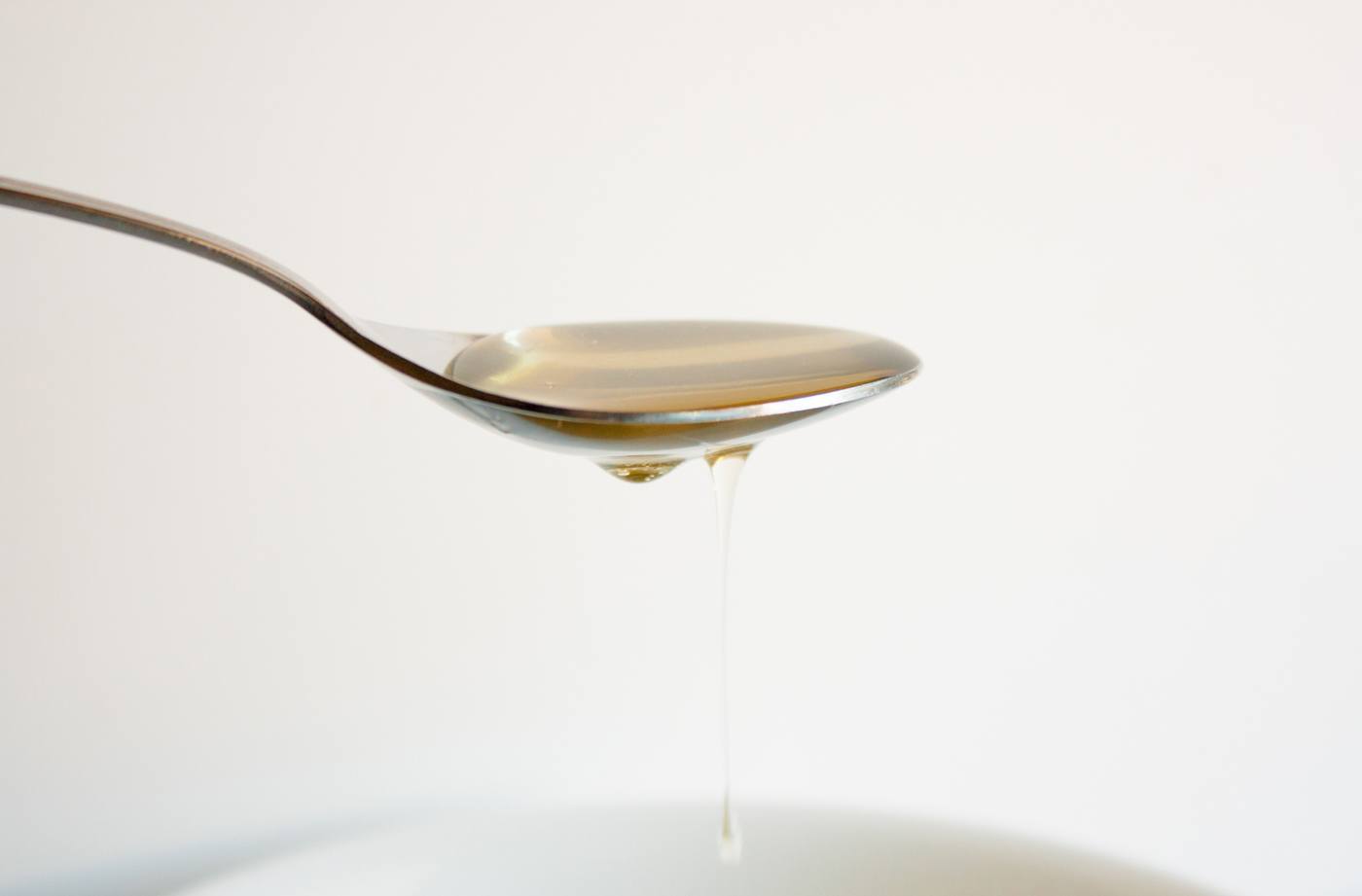
1. Agave
Despite its (questionable) rep as a worry-free sweetener, agave is ultimately still full of sugar—with a fructose content of up to 90 percent. "Sugar suppresses the activity of our white blood cells, which makes us more susceptible to infectious disease (colds, the flu, and so forth) as well as cancer," explains Dr. Perricone. Plus, sugar overload can cause collagen fibers to lose their strength, making skin "more vulnerable to sun damage, wrinkles, and sagging," he adds.
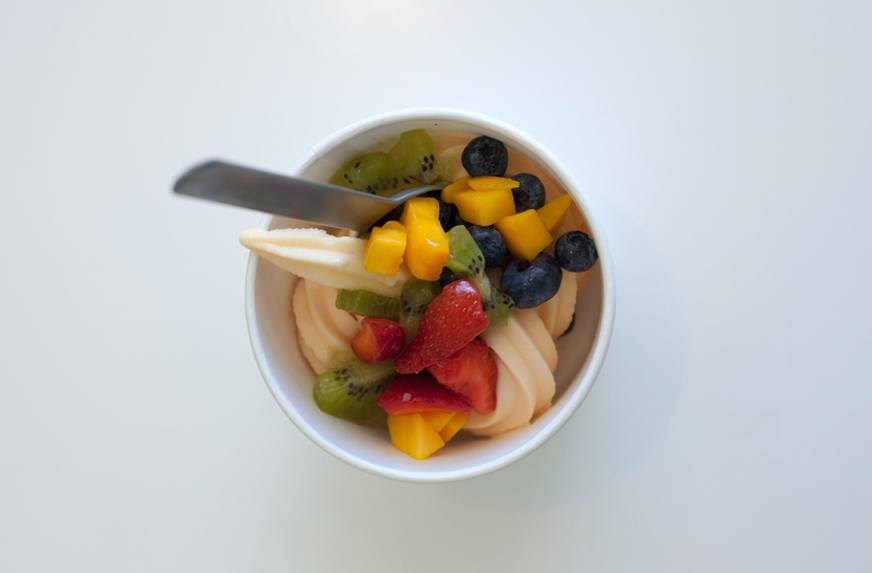
2. Frozen yogurt
Froyo has two potential inflammatory culprits: sugar and dairy. Milk can boost insulin levels and male hormones, and it's a common allergen, which means it can trigger inflammatory reactions (anything from diarrhea to hives). But not all frozen yogurts are created equal, says Andrew Weil, M.D., director of the Arizona Center for Integrative Medicine at the College of Medicine, and an anti-inflammatory evangelist. "Some frozen yogurts contain the milk protein casein, which may increase inflammation," he explains. "Others contain specific probiotics that may actually reduce it." (And some frozen "yogurts" contain no dairy at all and use coconut milk.)
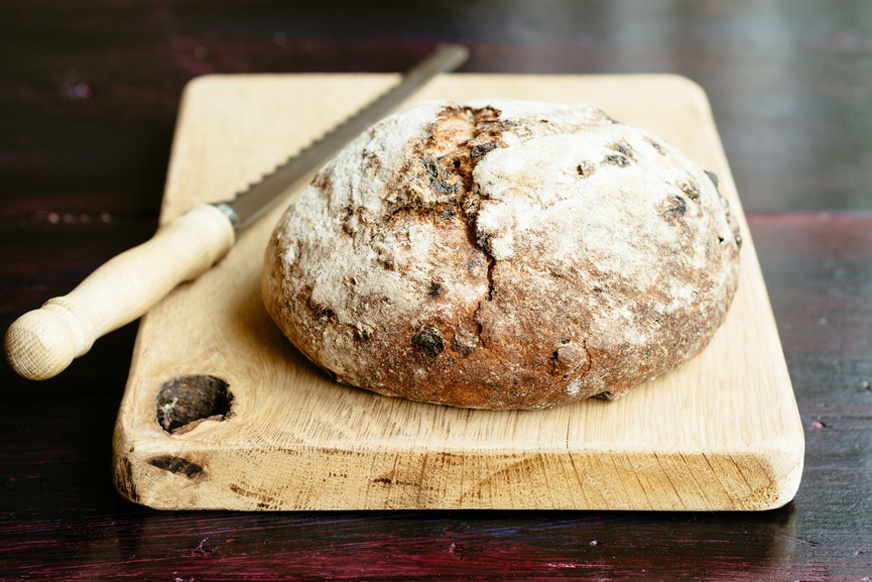
3. Barley and Rye
These healthy (and delicious) grains don't cause the same sugar spike that refined carbs do, but they can spark inflammation in some people. Why? The short answer is gluten. If you're at all sensitive to it, and especially if you have Celiac disease, consuming barley or rye (in food or booze form) can cause your tissues to flame up. Go easy on these grains, especially if you are already feeling ache-y or having joint pain—two possible indicators of inflammation. But is rye bread good for you otherwise? For most folks, yes, it has its perks.
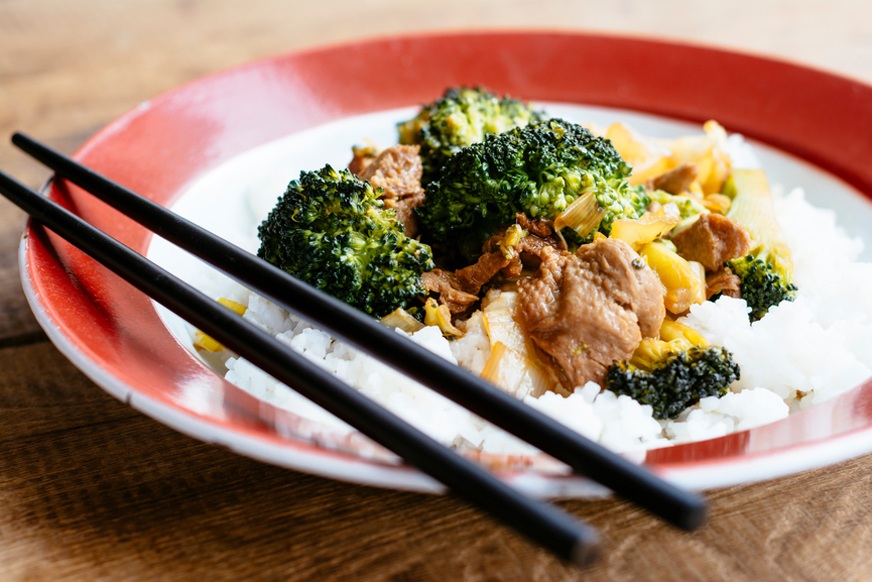
4. Seitan
Sure, you love the chewy, meat-like texture, but there's a reason why this veggie staple is known as "wheat meat": It's made entirely from wheat gluten. And when it comes to inflammation, gluten "can trigger the immune system, causing inflammation in the intestinal tract," explains Melissa Wood, nutritional health coach at The Morrison Center in New York City. And that can mean IBS, constipation, or bloating for some people.
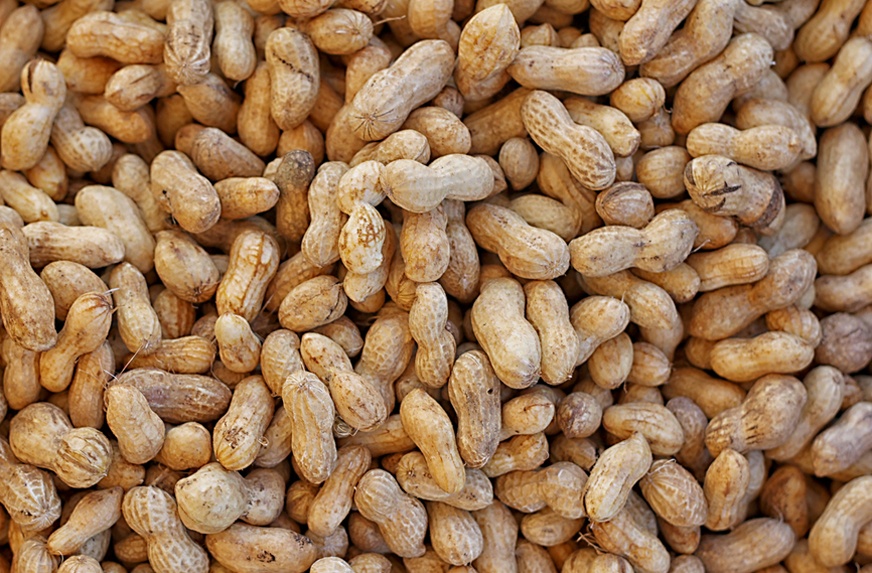
5. Peanuts
Like milk, peanuts are a common allergen—and allergies set off a broad inflammatory response in the body while it struggles to fight off the foreign agent. Plus, peanuts are prone to molds and fungus, which can also result in inflammatory reactions, says Wood. So you may want to pass on the peanuts, and instead opt for raw organic almonds or other tree nuts and butters, she advises.
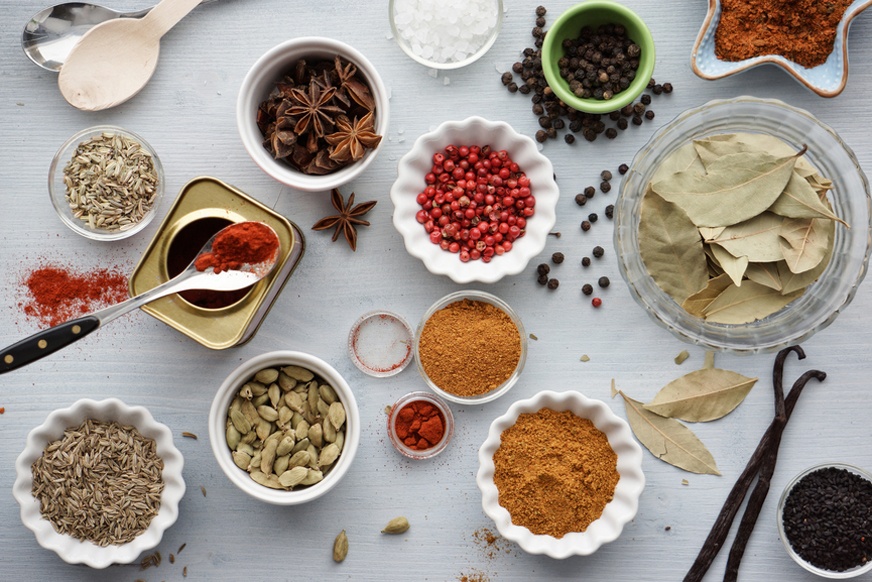
6. Seasoning mixes
Short-cut seasoning mixes may add an easy flavor burst to black bean tacos and salad dressings, but according to Wood, they usually contain artificial coloring (which can disrupt hormone function and lead to inflammation), and a big scoop of sugar. To get the same taste without all the bad stuff, she recommends a combo of cayenne pepper, sea salt, cracked pepper, and apple cider vinegar that you make yourself. (Or here's a healthy recipe for taco seasoning.)

{{post.sponsorText}}
This post was originally published on November 4, 2013, and updated on July 4, 2018.
This anti-inflammatory food pyramid and meal plan will come in handy when figuring out what to eat more of.
Loading More Posts...